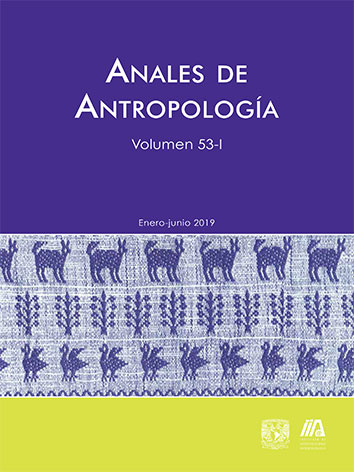Assessment of nutritional status, capillary glucose, blood pressure and body dissatisfaction in a population of Mexican indigenous artisans who attend an annual university handicraft fair
Main Article Content
Abstract
Non-communicable diseases, especially Obesity and Diabetes Mellitus type 2 are serious public health problems in our country; socially disadvantaged groups are the most affected. In order to assess the nutritional status, capillary glucose, blood pressure and body dissatisfaction, indigenous artisans who attended the annual university fairs of handicraft products were invited to participate. At the end of each assessment, nutritional and physical activity recommendations were provided to those artisans who participated voluntarily. Cohorts of 6 consecutive years were studied with a total of 341 assessments. We found a combined frequency of overweight and obesity similar to the national prevalence, as well as an increase in the frequency of hypertension, diabetes and prediabetes over the years. Only a significant decrease in body fat percentage was observed in those who had two and five interventions, which shows the importance of monitoring risk factors in this population. As for body dissatisfaction, it has increased through the years, with more people desiring smaller body shapes, and less desiring bigger body shapes; these could reflect the influence of the esthetic models promoted by the mass media in this population. It is important to consider sociocultural factors in designing future interventions for vulnerable groups.
Downloads
Article Details
Citas en Dimensions Service
Esta revista usa una licencia CC del tipo CC BY-NC-ND 3.0. Se maneja bajo el esquema de acceso abierto, con una licencia Creative Commons Attribution-NonCommercial-NoDerivs 3.0 Unported.
